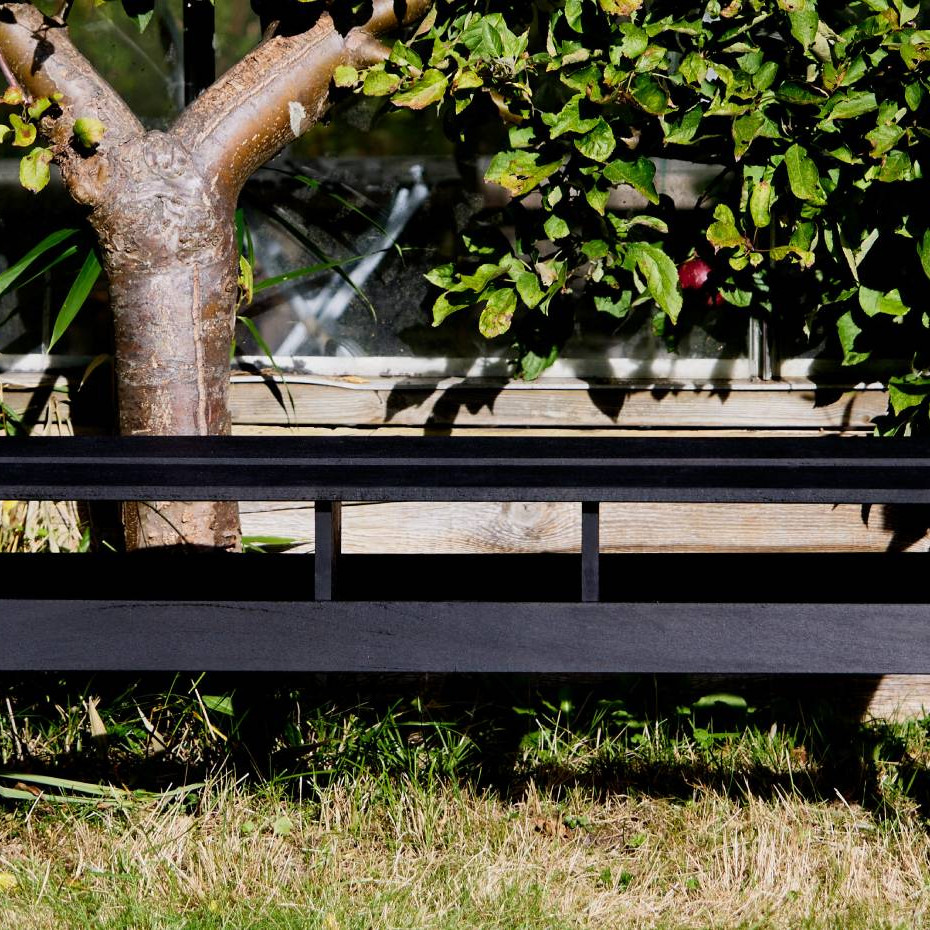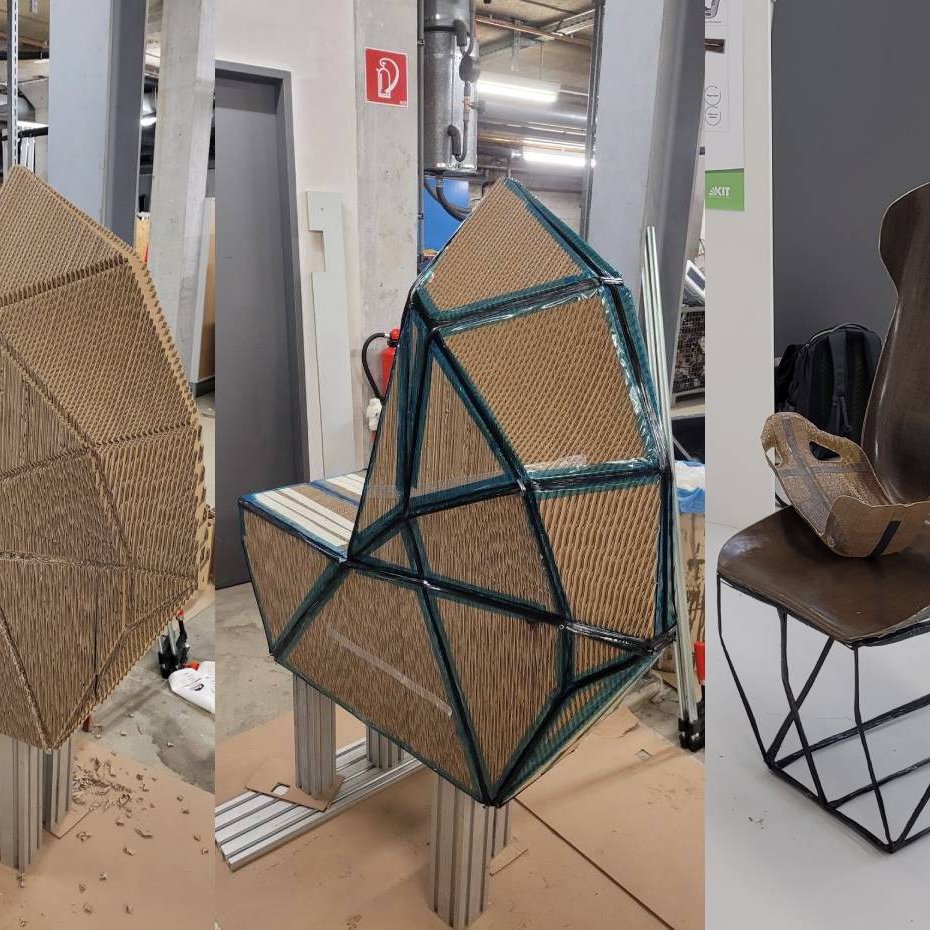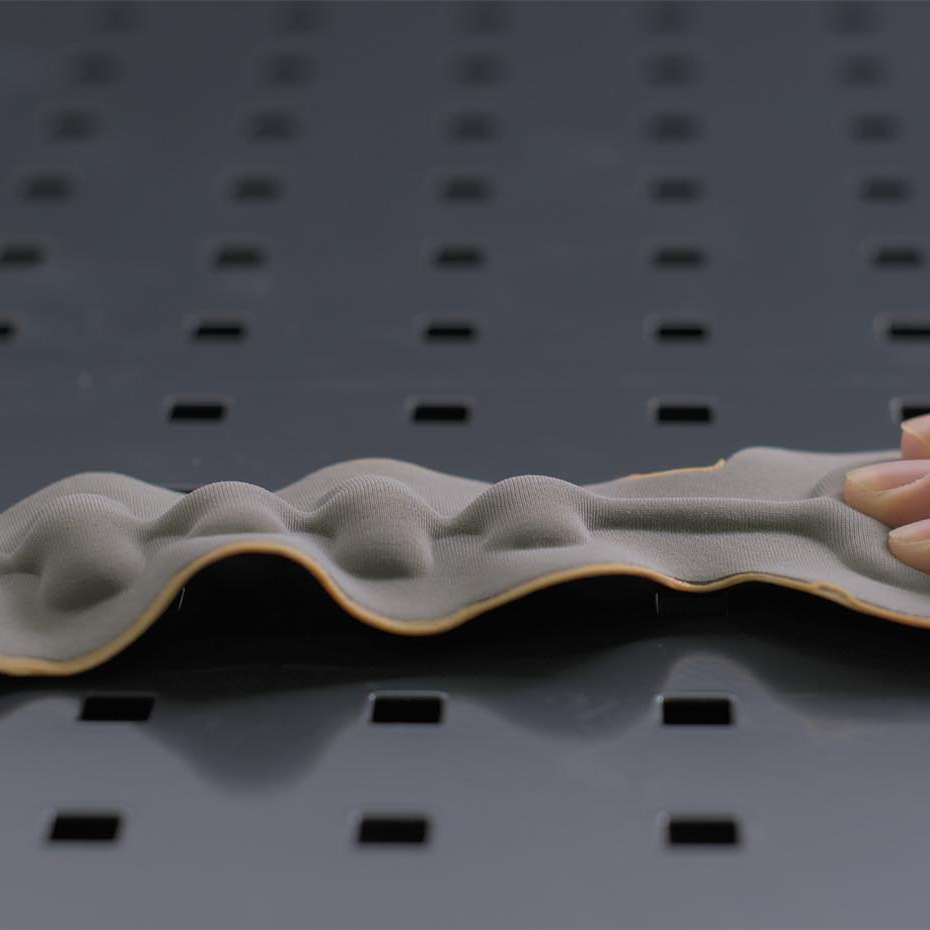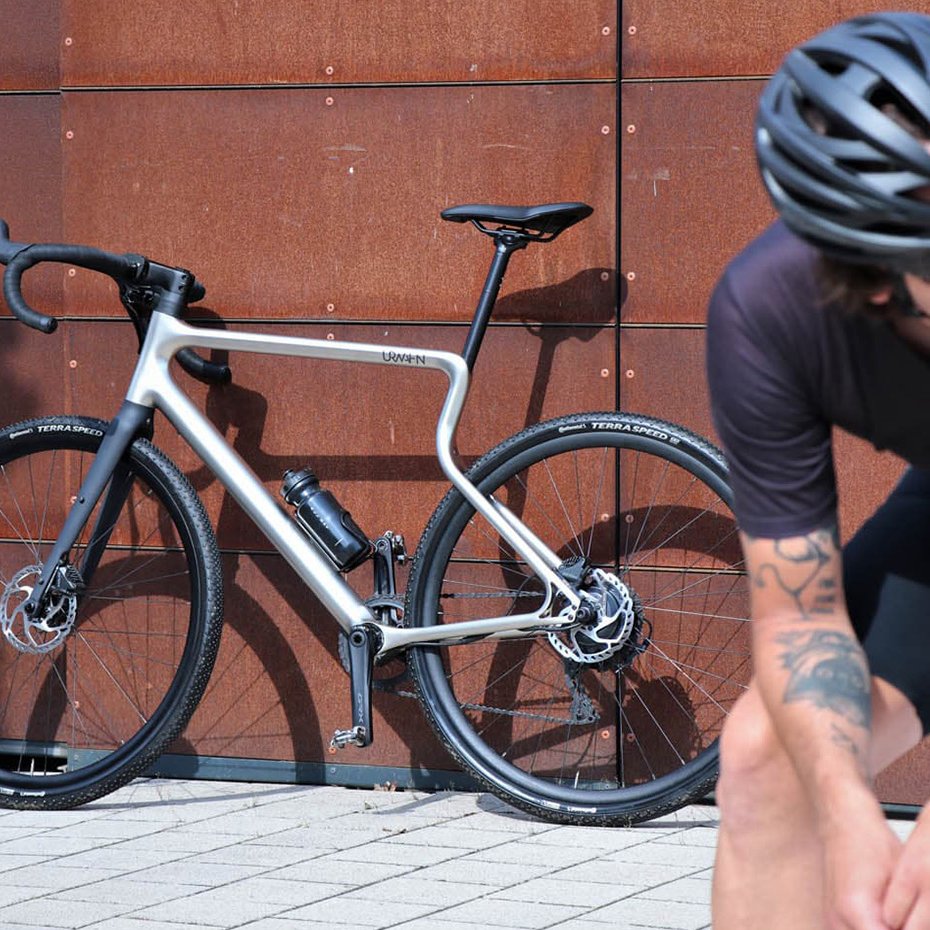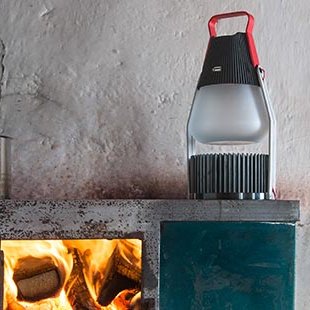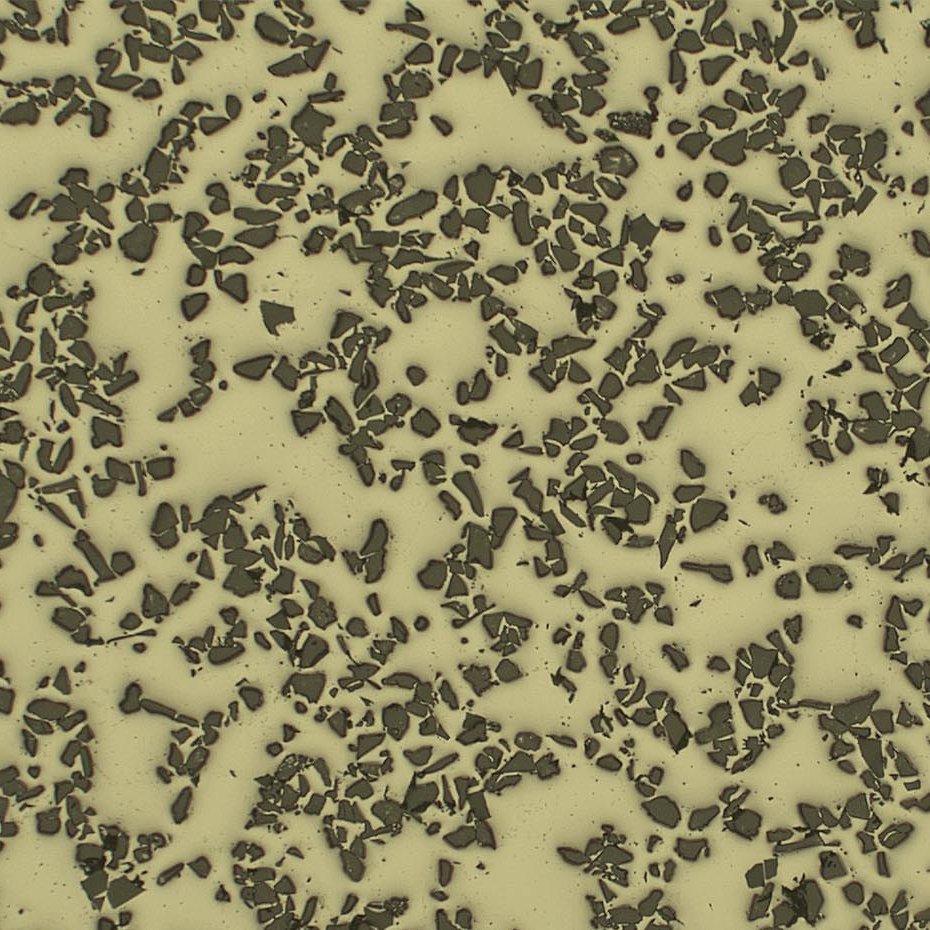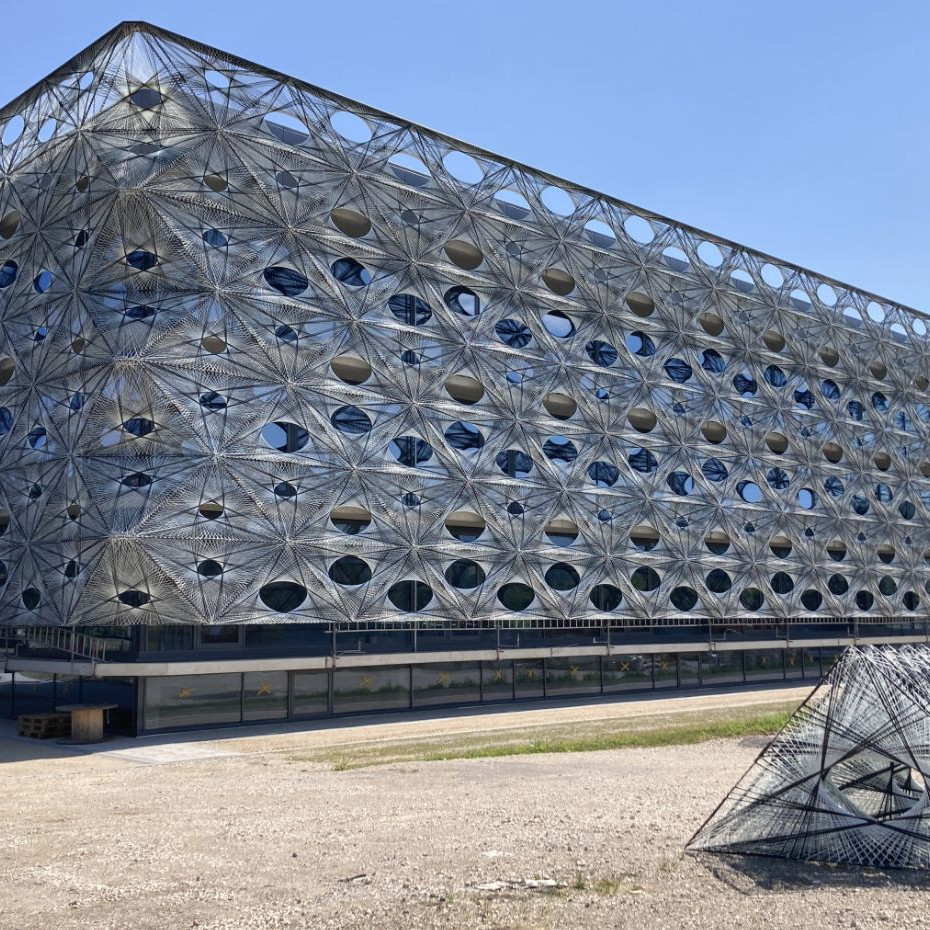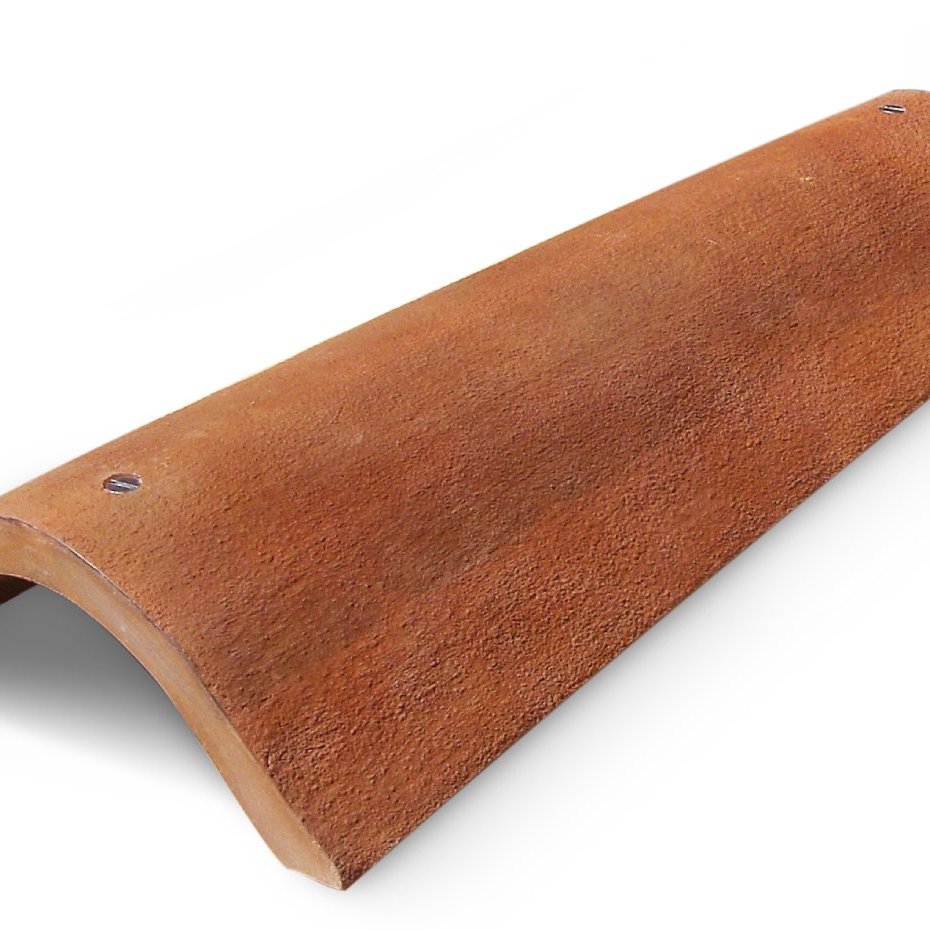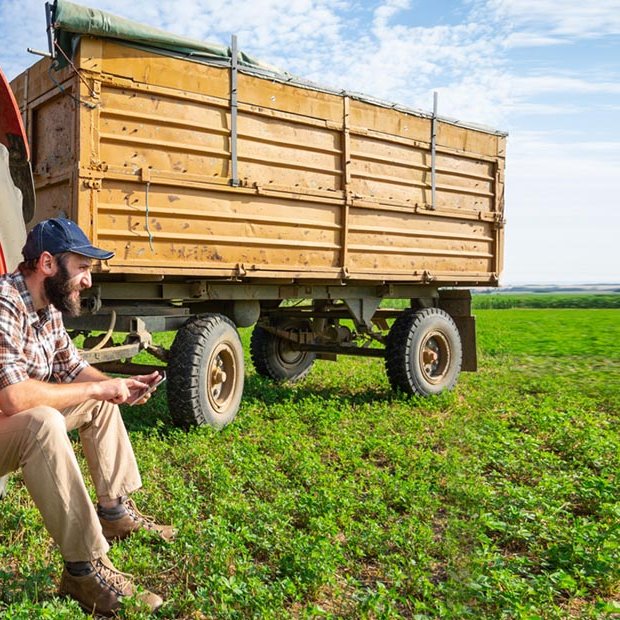Plastics go mobile
Innovative polymer technology for mobile applications
form 215
July/August 2007
publisher
Birkhäuser (Basel)

Plastics are light and flexible – which is why they’re in great demand when mobility is the order of the day. In the aerospace and auto industries, their use is rapidly on the rise. An ever greater number of car bodies and interiors are made with lightweight plastic structures replacing the now old-fashioned metals.
The advantages of using plastic in vehicle con struction are obvious for all to see. Plastics are far lighter than steel or aluminum, can be processed more flexibly, and exhibit similar tensile strengths if they are reinforced by fibers. Weight savings thanks to a higher proportion of polymers is destined to lower the fuel consumption of our cars. Thus, at the Hanover industrial fair BASF presented a BioConcept Car that was made in large part of plastics reinforced by natural fibers. Today, the vehicle industry already uses about 160,000 tons of natural fibers or on average 4.2 kilos per vehicle. It’s a trend that will improve the ecobalance of modern vehicles in the future.
Plastics recently presented some new plastics for interior use de signed to increase the range of aircraft: Ultem 9085 is a thermoplastic polyetherimide (PEI) that stands out for its strong resistance to high temperatures and low generation of fumes. More over, this new development has far better fluid properties than the standard hitherto, enabling the production of especially thin-walled components – spelling five to 15 percent less weight. Another advance is the polycarbonate-copolymer Lexan. Lexan FST 9705 meets the stringent requirements of the aerospace industry, is very durable mechanically, can be dyed bright white, and is suitable above all for designing thin-walled serving trolleys, trays and window frames.
To meet the wish for vehicle interiors filled with more light and provide more storage space in the roofs, the designers at Opel have made the entire roof module for the new Zafira using a polymer. They have backfoamed a high-gloss thermoplastic foil with a fibreglass-reinforced polyurethane foam from Bayer. The result: a complex panorama roof with four large glass surfaces and five storage rack boxes running length-wise. Back foaming and back injection technologies offer great creative liberties for designers. One can assume that in the medium term they will win out over alternative technologies.
image: Bayer MaterialScience
Ecoblaq molecular wood colours
23 March 2024
Ecoblaq is a molecule manipulation method, a natural chemical reaction, making…
Natural fiber reinforced car seat
22 October 2023
The focus of the project "Design for Recycling" is a seat shell that is made…
MotorSkins morphing textiles
19 April 2022
Berlin based start-up MotorSkins designs and produces textiles with embedded…
3D Pioneers Challenge 2022
15 December 2021
The 3D Pioneers Challenge 2022 adresses tech pioneers who pave the way for…
IGNIS – Light from waste heat energy
12 August 2020
The availability of affordable, independent and, above all, clean electrical…
Brake disc with reduced fine dust
21 April 2021
Fine dust endangers our health. One of the main sources is traffic, especially…
Texoversum
15 July 2023
With the "Texoversum", Reutlingen University has put into operation a training…
Invisible Terracotta Solar Rooftile
10 May 2023
The family-run business Dyaqua has developed a technology to integrate a…
Xarvio – Digital Farming
8 January 2021
BASF Digital Farming GmbH has received the renowned Crop Science Award for the…
